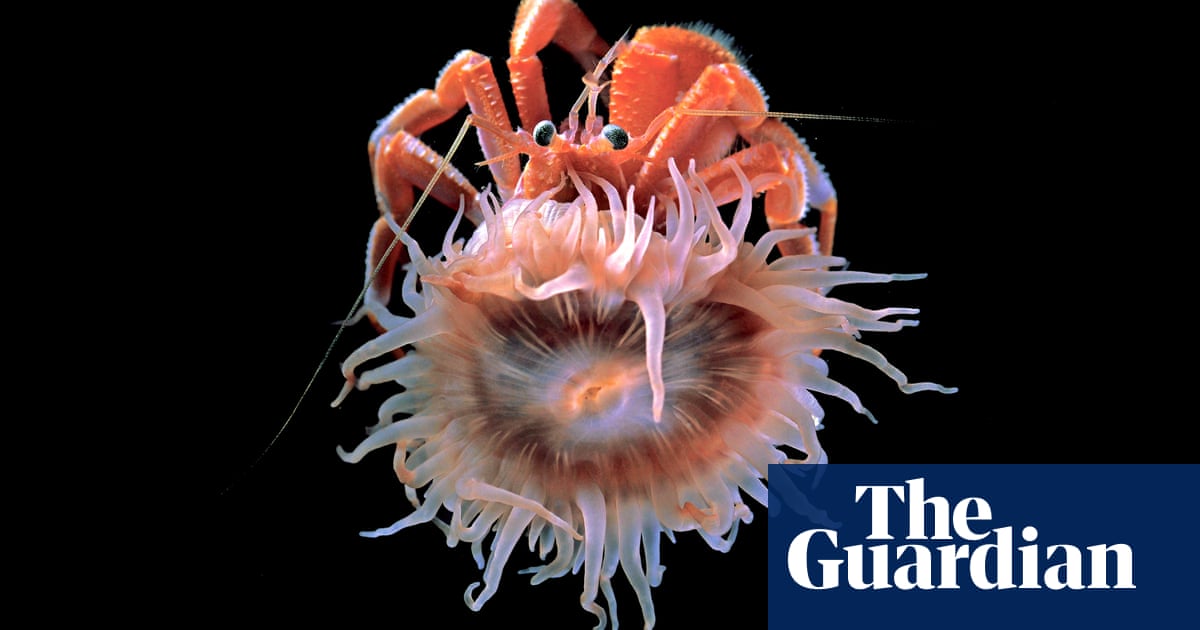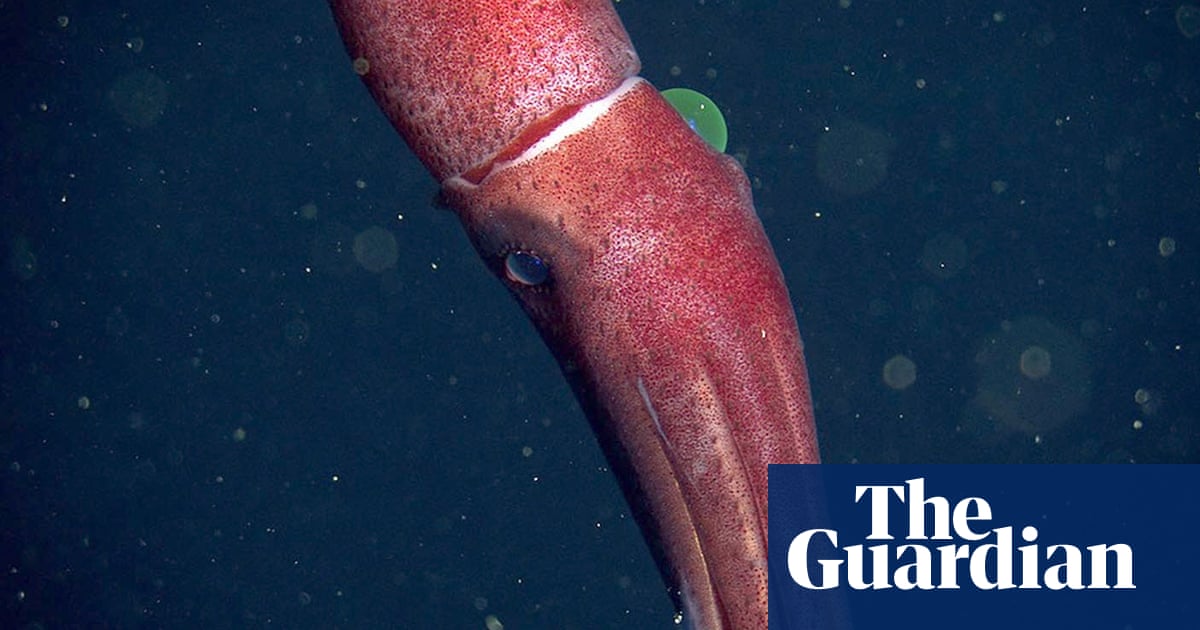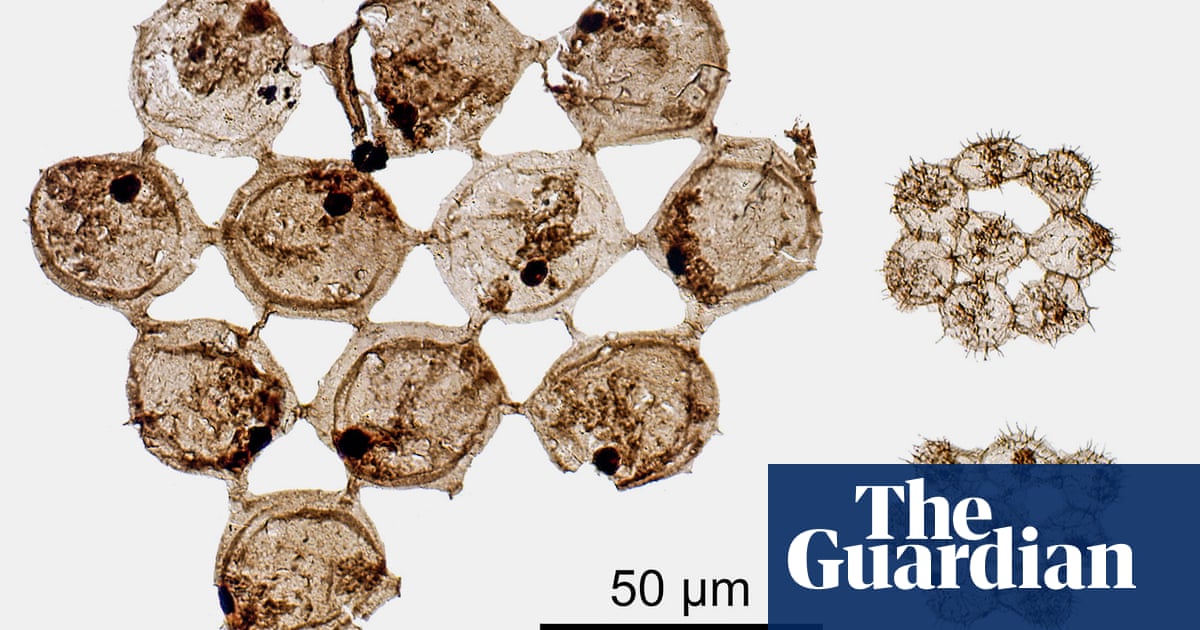
Kitefin sharks (Dalatias licha) have been known about since the 18th century, but it was only in January 2020 that scientists saw them glowing in the dark for the first time. They are not the only bioluminescent sharks – roughly one in 10 species has that ability – but at up to 1.8 metres, kitefins are by far the biggest that have been found.
Jérôme Mallefet, a biologist at the Université catholique de Louvain, Belgium, had been hoping for years to see a glowing kitefin shark. “That was one of my holy grails, to see that big shark glowing,” he says. Studies in the 1980s suggested they have light-emitting organs in their brown skin, but nobody had seen one alive and illuminated.
His dream came true 1,000 miles east of New Zealand, onboard a fisheries research vessel that was using a huge, commercial-scale trawl net to survey species inhabiting the twilight zone, about 800 metres down. Previous surveys of the area regularly caught kitefin sharks, but Mallefet was the first person to carefully transfer them into a darkened room. With the lights turned down low, he saw the live kitefin sharks had a blue-green glow across their bodies.
Smaller species of deep-sea sharks use their lights for survival and to communicate with one another. Some have spines on their backs that are illuminated like lightsabers, warning intruders to leave them alone. Some males illuminate their claspers, the shark equivalent of a penis, a trick that presumably helps attract mates. And many of the sharks have glowing bellies, which help them hide their silhouettes from predators lurking beneath them in the deep, by blending into the blue light from the surface.
But kitefin sharks are so big they don’t need to worry much about hiding from other predators.
Mallefet believes their glowing underside may illuminate the seabed to help them hunt, while at the same time letting them sneak up on prey without being seen.
This would also explain how kitefins have been found with much faster-swimming sharks in their stomachs. Kitefins are among the slowest of all sharks; at their normal cruising speed, it would take them more than 10 minutes to amble 100 metres. These big, slow sharks are probably gliding around the twilight zone and launching surprise attacks on prey that rest on the bottom. “Just like a cat jumping on the mouse,” says Mallefet.
To produce light, sharks have tiny cup-shaped structures, called photophores, dotted across their skin. In the centre of each cup are light-emitting cells, and a lens on top directs the light outwards. Bioluminescence in sharks is controlled by hormones.
“They use two or three hormones, at least, to trigger or slow down the light emission,” says Mallefet. It is a slow process, and sharks can glow for an hour or two. “Once they light up, they cannot change rapidly,” he says.
One aspect of shark bioluminescence that remains enigmatic, including for kitefin sharks, is how exactly they produce light. Many glowing animals house symbiotic bacteria in their bodies that act as luminous partners, but none have been found in sharks. Other glowing creatures produce chemicals that carry out light-emitting reactions.
In sharks, these are also proving difficult to track down. “It’s still a mystery,” says Mallefet.












